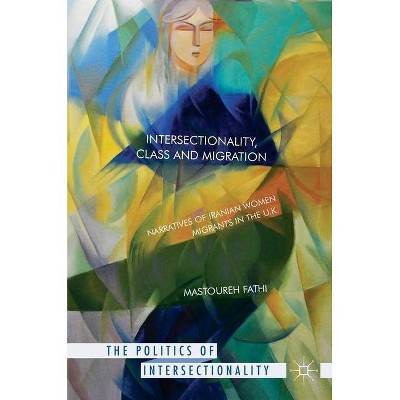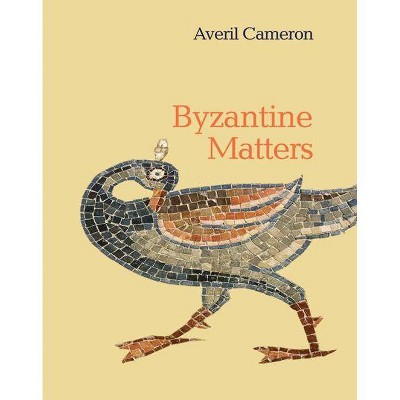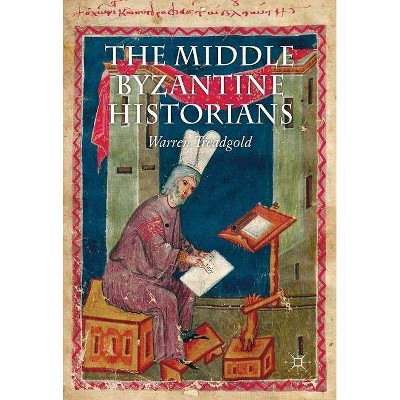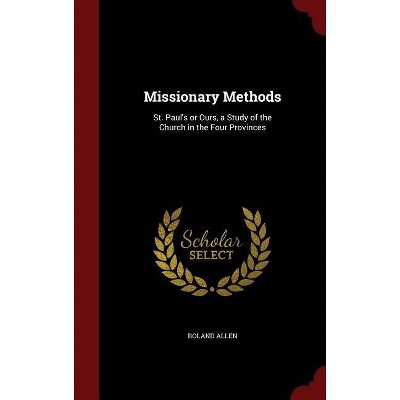Byzantine Intersectionality - by Roland Betancourt (Hardcover)
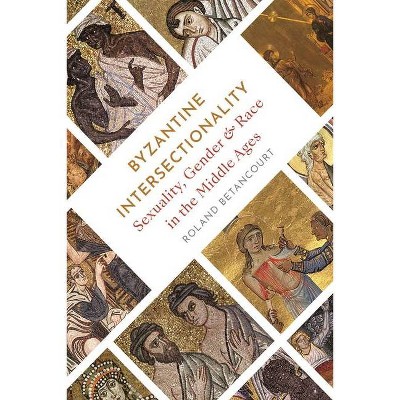
Similar Products
Products of same category from the store
AllProduct info
<p/><br></br><p><b> About the Book </b></p></br></br>"Intersectionality, a term coined in 1989, is rapidly increasing in importance within the academy, as well as in broader civic conversations. It describes the study of overlapping or intersecting social identities such as race, gender, ethnicity, nationality, and sexual orientation alongside related systems of oppression, domination, and discrimination. Together, these frameworks are used to understand how systematic injustice or social inequality occurs. In this book, Roland Betancourt examines the presence of marginalized identities and intersectionality in the medieval era. He reveals the fascinating, little-examined conversations in medieval thought and visual culture around matters of sexual and reproductive consent, bullying, non-monogamous marriages, homosocial and homoerotic relationships, trans and non-binary gender identifications, representations of disability, and the oppression of minorities. In contrast to contemporary expectations of the medieval world, this book looks at these problems from the Byzantine Empire and its neighbors in the eastern mediterranean through sources ranging from late antiquity and early Christianity up to the early modern period. In each of five chapters, Betancourt provides short, carefully scaled narratives used to illuminate nuanced and surprising takes on now-familiar subjects by medieval thinkers and artists. For example, Betancourt examines depictions of sexual consent in images of the Virgin; the origins of sexual shaming and bullying in the story of Empress Theodora; early beginnings of trans history as told in the lives of saints who lived portions of their lives within different genders; and the ways in which medieval authors understood and depicted disabilities. Deeply researched, this is a groundbreaking new look at medieval culture for a new generation of scholars"--<p/><br></br><p><b> Book Synopsis </b></p></br></br><p><b>A fascinating history of marginalized identities in the medieval world</b> <p/>While the term "intersectionality" was coined in 1989, the existence of marginalized identities extends back over millennia. <i>Byzantine Intersectionality</i> reveals the fascinating, little-examined conversations in medieval thought and visual culture around matters of sexual and reproductive consent, bullying and slut-shaming, homosocial and homoerotic relationships, trans and nonbinary gender identities, and the depiction of racialized minorities. Roland Betancourt explores these issues in the context of the Byzantine Empire, using sources from late antiquity and early Christianity up to the early modern period. Highlighting nuanced and strikingly modern approaches by medieval writers, philosophers, theologians, and doctors, Betancourt offers a new history of gender, sexuality, and race. <p/>Betancourt weaves together art, literature, and an impressive array of texts to investigate depictions of sexual consent in images of the Virgin Mary, tactics of sexual shaming in the story of Empress Theodora, narratives of transgender monks, portrayals of same-gender desire in images of the Doubting Thomas, and stereotypes of gender and ethnicity in representations of the Ethiopian Eunuch. He also gathers evidence from medical manuals detailing everything from surgical practices for late terminations of pregnancy to save a mother's life to a host of procedures used to affirm a person's gender. <p/>Showing how understandings of gender, sexuality, and race have long been enmeshed, <i>Byzantine Intersectionality</i> offers a groundbreaking look at the culture of the medieval world.</p><p/><br></br><p><b> Review Quotes </b></p></br></br><br>[The book's title] refers to the interaction between gender, sexuality and race, how the intersections between these three separate things were understood in Byzantine society and how these understandings endured or shifted across the period of the Empire's history from (roughly) the fourth century to the 15th. . . . [T]he book is rooted in a huge number of meticulously studied late antique and medieval sources. Importantly, Betancourt allows them the freedom to speak for themselves.<b>---Adele Curness, <i>History Today</i></b><br><br>A major accomplishment of [<i>Byzantine Intersectionality</i>] is its interdisciplinarity. As opposed to other scholars of the middle ages whose focus is narrowed to a specific discipline, Betancourt's text covers the large disciplinary gaps between literary studies, art history, and historical studies, to create a wide-ranging view of the period and allowing scholars to create thematic connections previously unknown across the disciplines. . . . Another important aspect of this text is the potential implications for the field moving forward. Betancourt's recalibration of the definitions of sexuality, gender, and race has opened countless doors for other medievalists to analyze literature, historical documents, and art for the sole purpose of expanding known histories of sex, gender, and race.<b>---Morgan Connor, <i>Pennsylvania Literary Review</i></b><br><br>[<i>Byzantine Intersectionality</i>] is an insightful and powerful new addition to not only Medieval Studies, but also History of Art, Critical Race Studies, Gender and Sexuality Studies and Queer Studies. . . . An exciting and radical new project with an ethical dimension and urgency, this text challenges the ways scholars have viewed Byzantine society and culture. . . [This] innovative text provokes from the epigraph by Lewinsky to the final sentence with its ethical imperative for social and racial justice.<b>---Meaghan Allen, <i>LSE Review of Books</i></b><br><br>Finalist for the Award for Excellence in the Study of Religion, Historical Studies, American Academy of Religion<br><br>This book is for the outcast and for those who inhabit the margins of the past and present. . . . <i>Byzantine Intersectionality</i> [also] provides art historians, archaeologists, and historians with a better theoretical basis for reconstructing the complex lived reality of queerness, sexual violence, consent, and racial profiling. The marginalized biblical figures and saints examined together serve as a new testament to how engrained systematic oppression functions in society.<b>---Sarah Bond, <i>Hyperallergic</i></b><br><br><i>Byzantine</i> <i>Intersectionality . . . </i>quotes Monica Lewinsky in its epigraph and brings an activist's zeal to its queer-theory close readings of texts and images from the Eastern Roman Empire between the fourth and fifteenth centuries. By scouring legal, medical, and religious sources, and reading misogynist invectives against the grain, Betancourt builds a fascinating picture of more fluid attitudes and practices around sexuality than have been suggested in the mainstream historical record . . . the details Betancourt excavates can be as illuminating as they are juicy.<b>---Lidija Haas, <i>Harper's Magazine</i></b><br><p/><br></br><p><b> About the Author </b></p></br></br><b>Roland Betancourt</b> is professor of art history and chancellor's fellow at the University of California, Irvine. He is the author of <i>Sight, Touch, and Imagination in Byzantium</i>.
Price History
Price Archive shows prices from various stores, lets you see history and find the cheapest. There is no actual sale on the website. For all support, inquiry and suggestion messagescommunication@pricearchive.us
